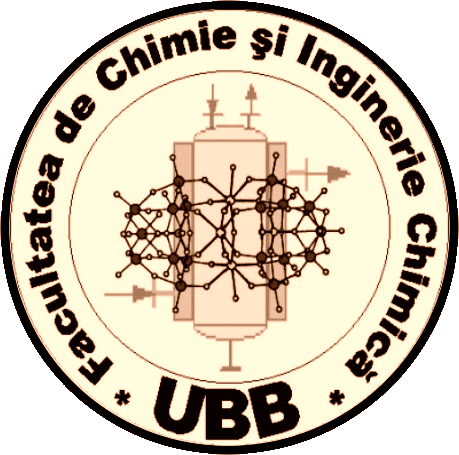


The research project is in line with and extends our previous dendrochronological and dendroclimatological research on monumental angiosperm trees from tropical and temeperate zones. It addresses two world priorities in tree research: dendrochronology, with impact on the age, growth and architecture of large angiosperms (especially baobabs) and dendroclimatology, for obtaining a climate reconstruction over the past 1000-2000 years for areas with scarce data for this period (particularly in southern Africa).
The dendrochronological research is based on our approach, which consists in AMS radiocarbon dating of samples collected from large angiosperm trees. Our research focuses on the baobab species belonging to the Adansonia genus for clarifying certain peculiar features and aspects: age limit, ring-shaped structures, false cavities, false stems, growth stop, growth ring frequency, growth rate dynamics and differences between specimens growing in different areas. Other large angiosperms from Romania and Europe will also be investigated. The dendroclimatological research uses as proxy growth rings of trees dated previously by radiocarbon. The growth rings are investigated by stable isotope chemistry, namely stable carbon and stable oxygen isotopes.
The dendroclimatological component aims to reconstruct the major climate regimes from southern Africa over the past 1000-2000 years. We intend to perform a climate reconstruction for four selected areas from Botswana, Zimbabwe, Namibia and Madagascar. The model species for this investigations are Adansonia digitata, A. grandidieri and Vachellia erioloba.
The 1000-2000- year isotopic tree ring records envisaged to be obtained will contribute to a much better understanding of the climate evolution in southern Africa. The main impact will be the contribution of the dataset to the understanding of climate succession and spatial expression of the Intertropical Convergence Zone (ITCZ) dynamics over the last 1000-2000 years.